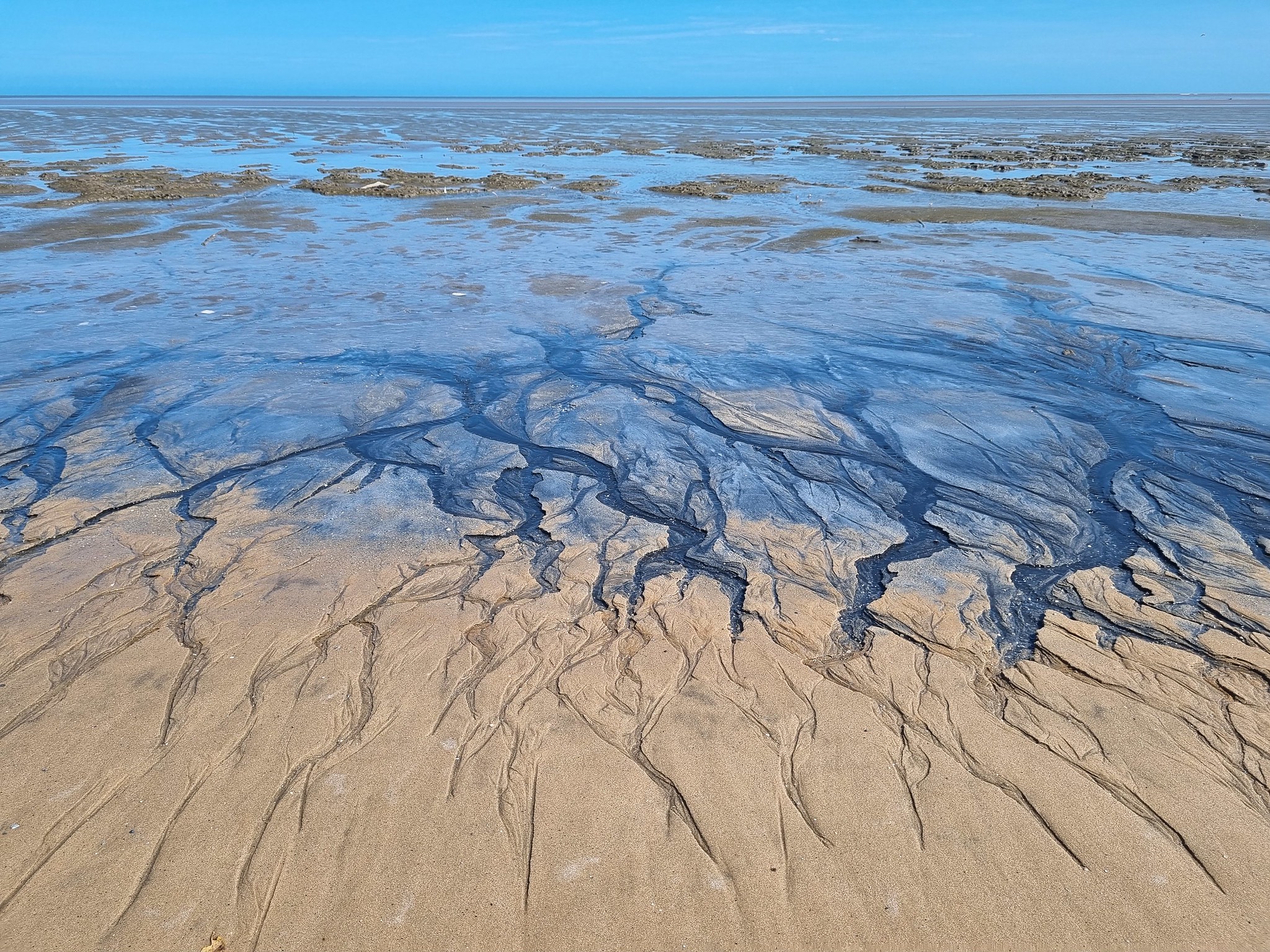Andrea Ferreira
Digital Communications and Outreach Specialist
Along the northern shoulder of South America lies a coastline like no other—a vast stretch of mudflats, mangroves, and tidal rhythms where the borders of Guyana, Suriname, and French Guiana blur into one sweeping ecological sanctuary. Each year, millions of shorebirds—Semipalmated Sandpipers, Greater and Lesser Yellowlegs, Short-billed Dowitchers, Whimbrels, and Red Knots—arrive here in a flurry of wings and urgency. They come seeking rest, safety, and food in one of the last remaining strongholds one of the last remaining sanctuaries during their non-breeding season.
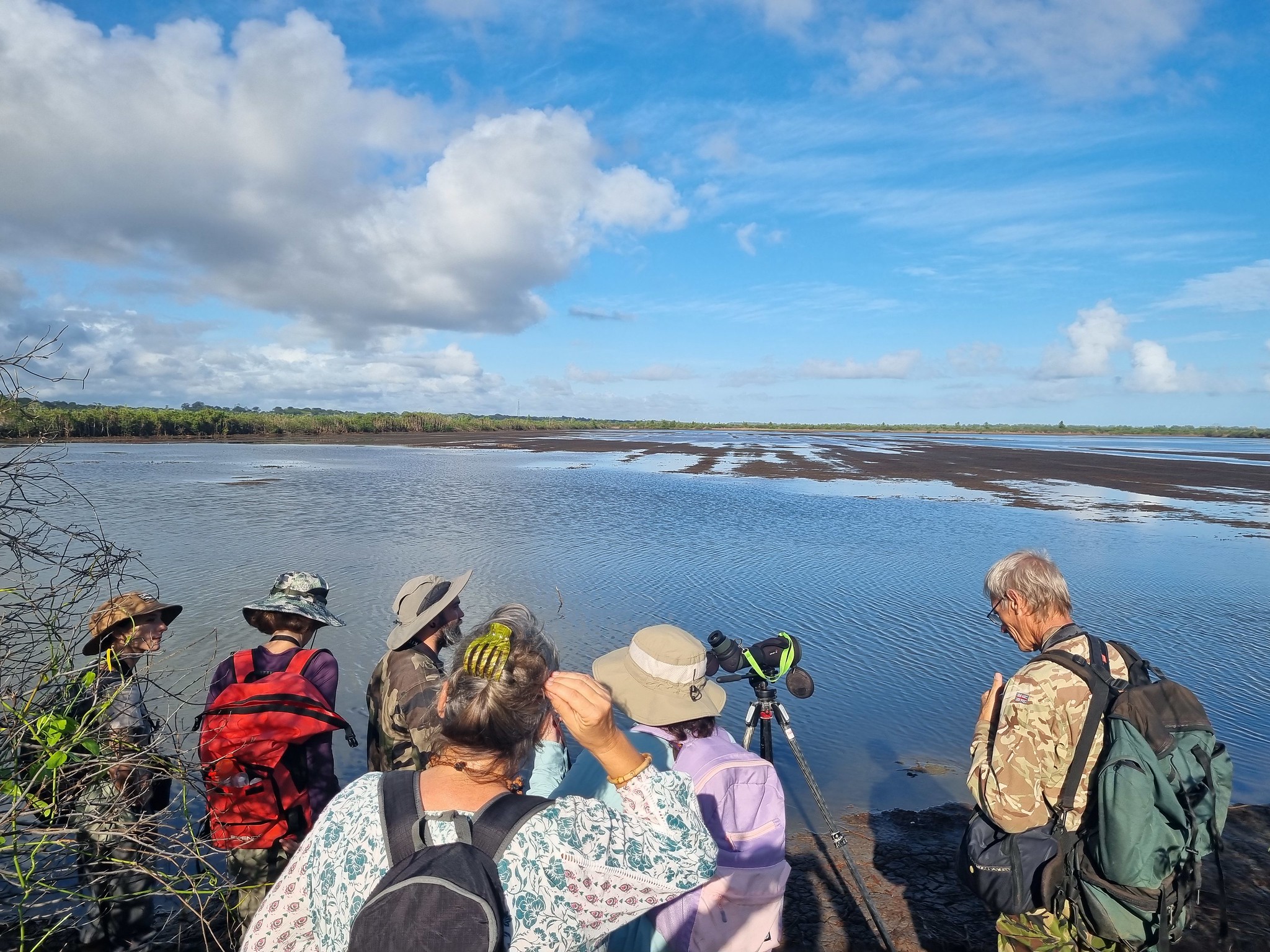
This “Green Coast” currently remains largely untouched and is a rare expanse of wild coastline in a rapidly changing world. Yet, this special refuge is under increasing pressure from a variety of stakeholders. Mounting pressures from local economic development including a growing offshore oil industry threaten to disrupt the delicate balance of this ecosystem.
Manomet Conservation Sciences is working with partners across the region to create the Green Coast Shorebird Conservation Plan, a bold, science-based, and community-driven strategy to safeguard the Guianas’ shared coastal heritage. Built through an inclusive process involving national authorities, local communities, and experts, the plan combines traditional knowledge, modern science, and grassroots momentum into a unified vision.
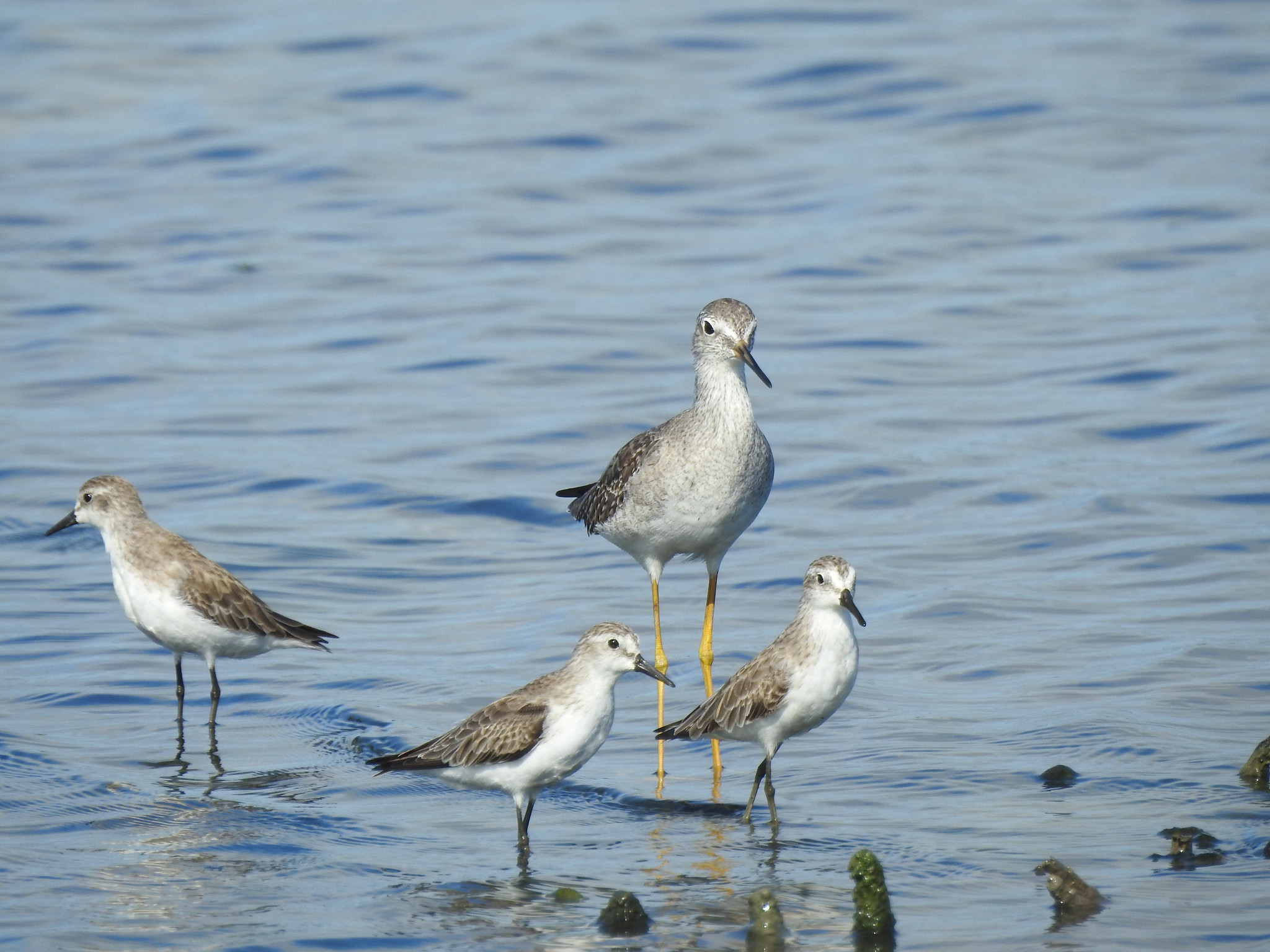
This is not a plan built from scratch. It builds on years of local work and partnership-building. In 2020, Manomet initiated a regional conservation program in Suriname to enhance capabilities and capacity for managing critical habitats for shorebirds. Management was improved at the Bigi Pan MUMA (Multiple Use Management Area) WHSRN site through building capacity among key stakeholders through in-situ workshops. Also, action was taken to restore a main access channel, which is important for local fishers, tourism operators, and rangers to control poaching. Here, strategic dams were piloted along several (illegally made) creeks on the coast of Bigi Pan to reduce outflow and restore water levels within the main lagoon and surrounding wetlands.
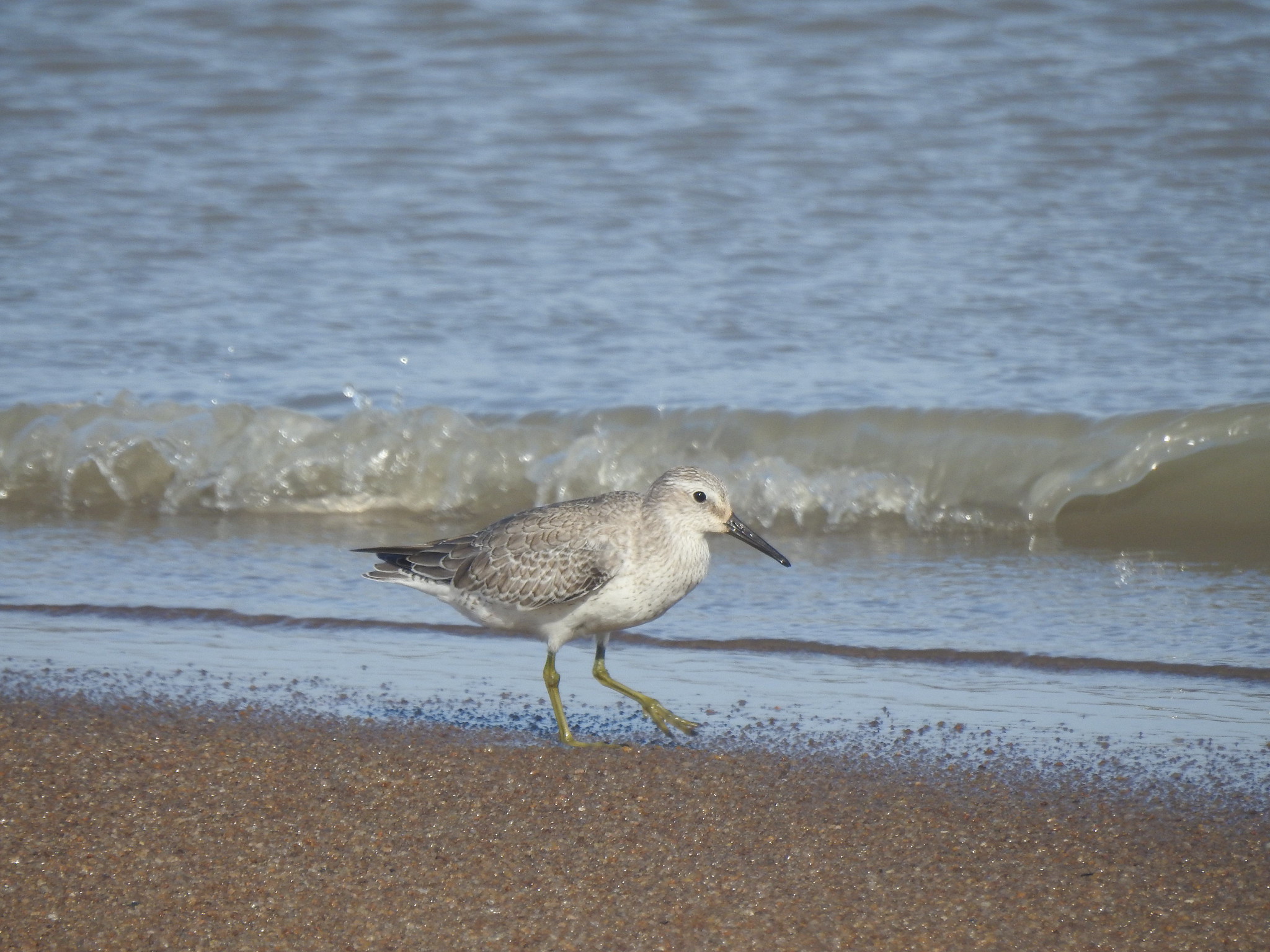
This work in Suriname provided important insights into the challenges and opportunities of coastal conservation in Suriname, but also showed the need to look broader to protect the critical habitat of shorebirds along the coast of the three Guianas. In 2023, Manomet co-hosted Guyana’s first national shorebird workshop, bringing together government officials, researchers, NGOs, and communities. That event sparked new conversations and connections, further supporting the groundwork for regional cooperation now taking shape. More recently, Manomet initiated collaboration with GEPOG, the main bird conservancy NGO in French Guiana, to fill in the knowledge gaps.
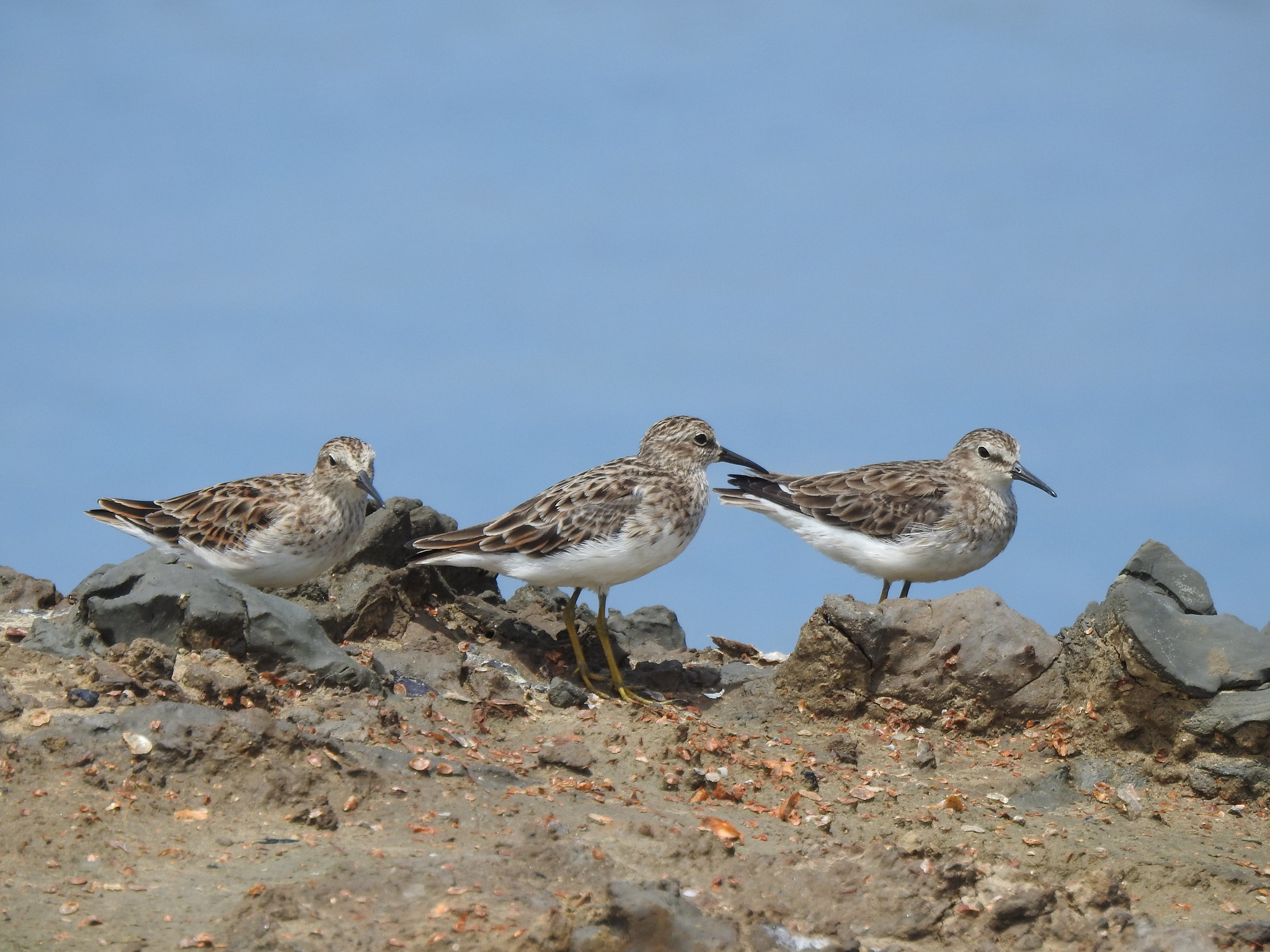
Since the late 80’s, with three designated sites through the Western Hemisphere Shorebird Reserve Network (WHSRN), the Guianas have been recognized as a place of hemispheric significance. But designation alone is not enough. Protecting these sites requires coordination and commitment, especially as the threats facing the coast transcend borders.
The Green Coast Shorebird Conservation Plan is more than a strategy. It is an invitation. An invitation to imagine a future where birds still find respite on pristine shores and where communities thrive alongside healthy ecosystems and where three countries come together for one coastline .
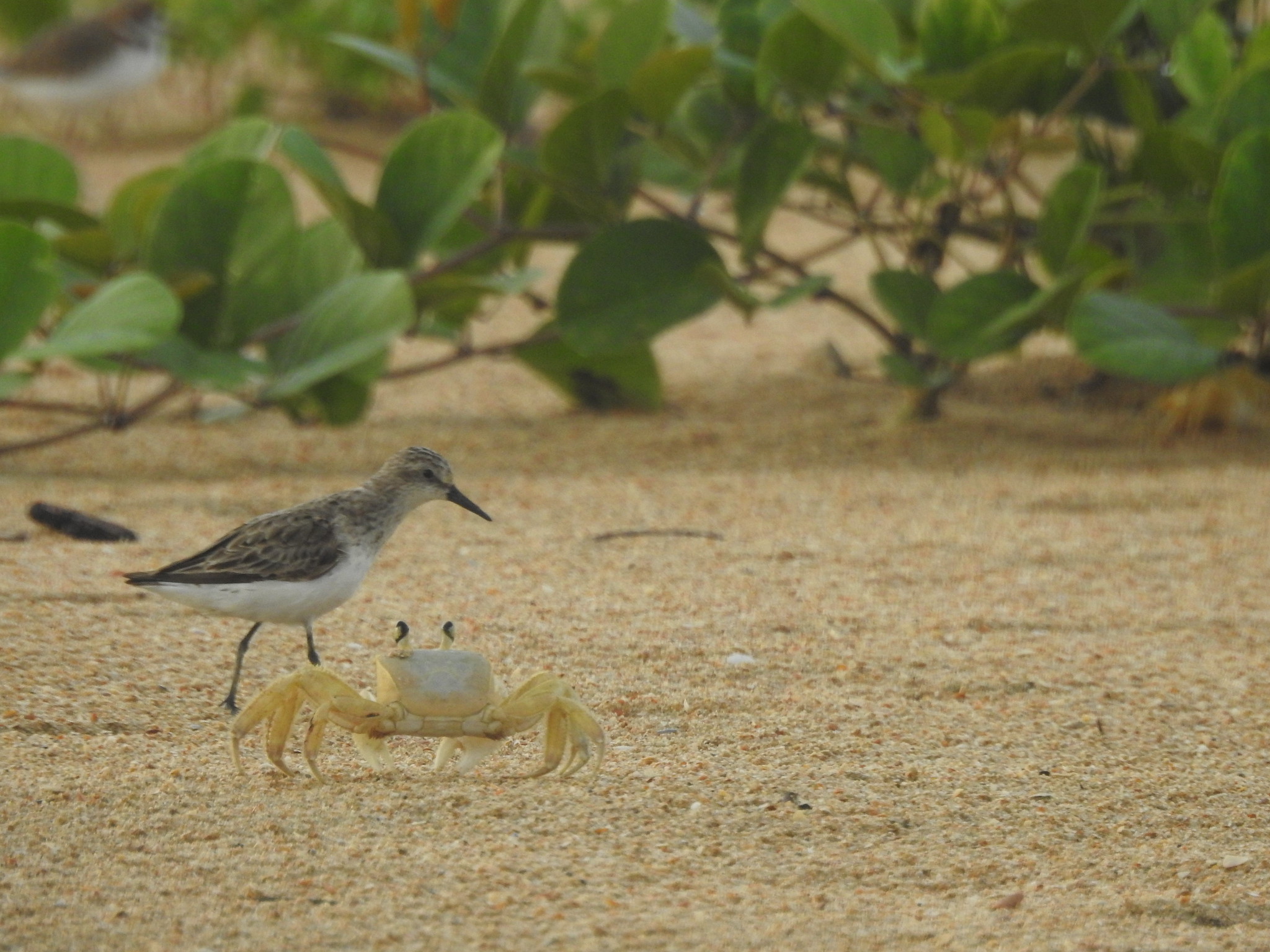


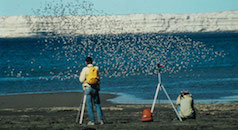

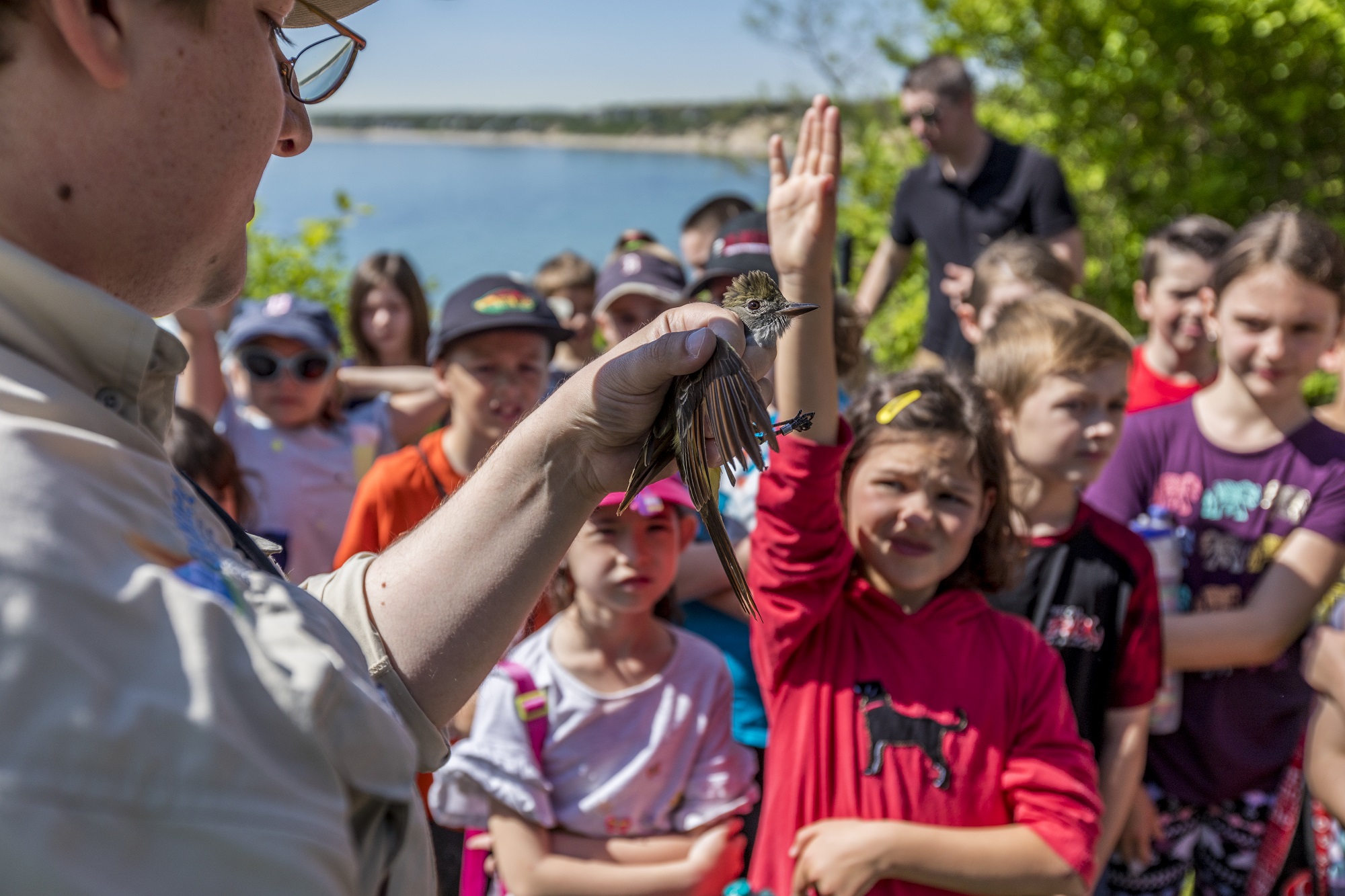
 Back to all
Back to all